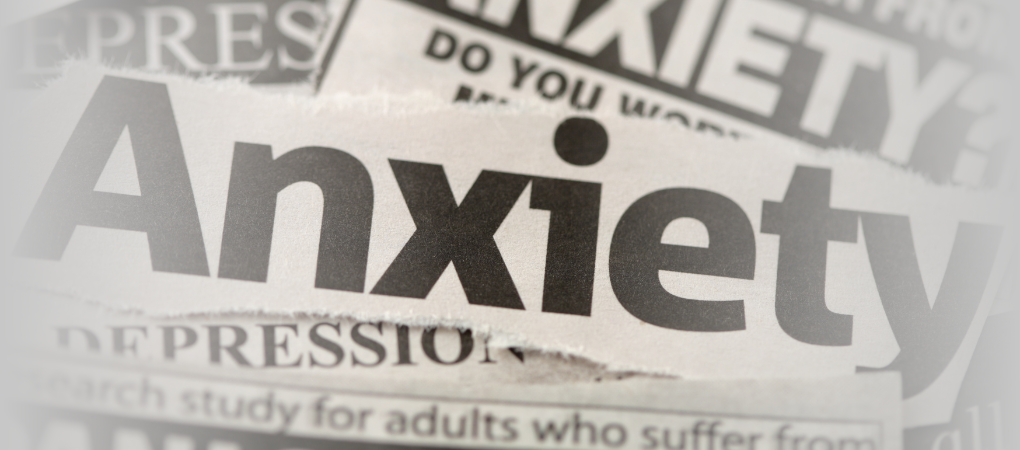Francesca Galiano
|
29/08/2022 - Last update 29/12/2022
Christena Abraham, Shelly N B Sloan, Charles Coker, Blair Freed, Matthew McAuliffe, Halden Nielsen, Tanner Riscoe, Robert Steele, Andrew Dettwiler, Gia Oberley, Kenneth Zaremski, Kelley Joy, Andi Selby, Ree Wells-Lewis, Bradley A Creamer | Year 2021
Osteopathic manipulative treatment as an intervention to reduce stress, anxiety, and depression in first responders, a Pilot study
Pathology:
Symptoms of stress, anxiety and depression
Type of study:
Pilot study
Date of publication of the study’:
2021/Sep/30

Purpose of the study
- Objective: to evaluate the effect of OMT on stress, anxiety and depression syntoms (SAD) in first responders (those who arrive first in case of emergency situations, including accidents, disasters and terrorism)
- Measured outcomes:
- Primary: stress, anxiety and depression symptoms, vital parameters and and hematochemical tests
Participants
- Numbers: 9 people (0 female and 9 male, mean age 40 years)
- Criteria of inclusion: first responders in a rural area of Joplin, Missouri
- Groups of study: two groups obtained by randomization
- Group 1: OMT, 6 people (6 male), of which 3 did not complete the study
- Group 2: sham treatment, 3 people (3 male)
Interventions and evaluations
- Evaluation using self-assessment questionnaires on the first week (beginning of study) and on the sixth week (end of study)
- Perceived Stress Scale for perception of stress
- State Trait Anxiety Inventory for anxiety levels
- Satisfaction With Work Scale for work satisfaction
- Vicarious Trauma Scale for distress from exposure to emergency situations in a work setting
- Coping Mechanism Scale to evaluate the behavioral strategies implemented to overcome the difficulties faced
- Evaluation by hematochemical tests and self-assessment questionnaires on the first week (start of study) and on the sixth week (end of study)
- Interleukin-1beta (IL-1β), IL-6, IL-2, IL-17α, tumour necrosis factor alpha (TNF-α), cortisol, C reactive protein (PCR), brain-derived neurotrophic factor (BDNF)
- Evaluation of various parameters before each session of treatment
- Pulse oximetry, blood pressure, heartbeat, respiratory rate
- Height and weight
- 5 weekly sessions of OMT or sham treatment
- OMT: rib raising, sacral rocking, suboccipital inhibition, and Compression of the fourth ventricle (CV4), with instructions on the breathing, in order to reduce the activation of the orthosympathetic nervous system and increase the activation of the parasympathetic nervous system
- Sham treatment: pressures sufficient for the treated people to understand that they were being touched
- OMT performed by osteopaths
- Sham treatment performed by individuals without any knowledge of osteopathy and who received a brief training on the procedure to follow prior to the study
Results
Primary outcomes: in both groups, and mainly in the one with OMT, the perceived stress levels increased.
Both groups showed a reduction in negative coping strategies (namely deactivated coping, eg, isolation, alcohol consumption) and an increase in positive coping strategies (namely adaptive coping, eg., social support, sport, relaxation).
With regard to the biomarkers no statistically significant results came out. However, the OMT seems to have induced a decrease in IL-6, cortisol and BDNF, although it seems to have led to an increase in PCR. Sham treatment seems to have led to a reduction in IL-17α and an increase in PCR.
Discussion
Compared to sham treatment, OMT seems to favor the reduction of inflammatory biochemical parameters, such as IL-6 and cortisol, the latter also considered the stress hormone par excellence. However, the reduction of BDNF, a molecular stimulant for neuron activity, and the increase in PCR, a typical inflammatory parameter, make the results dubious.
Certainly the historical period (the Covid-19 pandemic) in which the study was carried out has exerted an important influence on the levels of perceived stress, both mentally and physically, mainly due to the continuous alternation of “good and bad news” (decrease and resumption of infections).
The authors hope that this study may be the beginning of a series of larger and more robust studies given the potential of both the touch in itself as a social element and the OMT as a treatment able to support the psychophysical health of the organism; which both are fundamental elements in a delicate population such as that of first responders, by their nature subject to experiencing particularly high levels of stress (and experiencing traumatic events).
The review of Osteopedia
By Marco Chiera
Strengths: maybe the only study on OMT and first responders, also carried out at a very particular time (the Covid 19 pandemic); the evaluation of many parameters can help future studies concentrate only on a few of them, as, for example, those that in this study, although small, have changed.
Limits: aim of the study (correlation between health and quality of life) not verified through statistical analysis; lack of patients’ inclusion and exclusion criteria; lack on the description of the statistical analysis and absence of some statistical analysis; too many measured parameters (although it was a pilot exploratory study and therefore this could make sense) and, mostly importantly, not used in the analyses; missing description of the reasons why 3 people did not complete the study; slightly dispersive introduction and short discussion.

Are you an osteopath?
Register and enjoy the membership benefits. Create your public profile and publish your studies. It's free!
Register now
School or training institution?
Register and enjoy the membership benefits. Create your public profile and publish your studies. It's free!
Register now
Do you want to become an osteopath? Are you a student?
Register and enjoy the membership benefits. Create your public profile and publish your studies. It's free!
Register now







